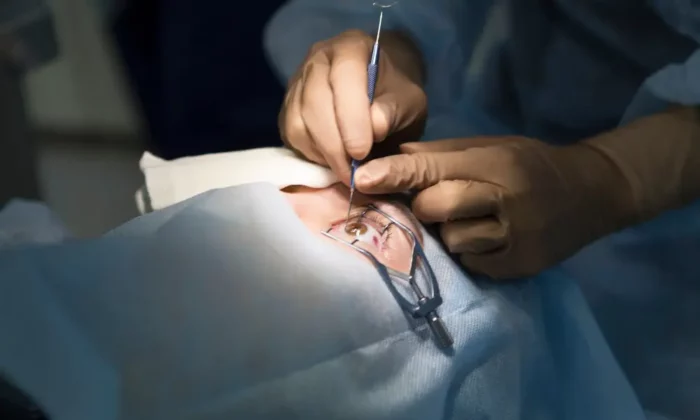
Have you ever heard of DALK? If that sounds like a riddle, you’re not alone. But for those facing certain corneal conditions, understanding DALK could be a game-changer. Dive into this read to unravel the intricacies of DALK Cornea Surgery – a modern solution promising swift recoveries and reduced complications. From its groundbreaking technique to its myriad benefits and even its cost-effectiveness, we’ve got it all laid out for you. Let’s embark on this enlightening journey to see if DALK is the sight-saving solution you’ve been searching for!
Contents
Deep Anterior Lamellar Keratoplasty, commonly referred to as DALK, is a cutting-edge corneal transplant procedure. Unlike traditional methods that replace the entire cornea, DALK focuses on replacing only the damaged or diseased front layers, leaving the healthy back layers intact.
The procedure begins with a careful separation of the cornea’s front layers from the healthier back layers. Once separated, the damaged front layers are meticulously removed. A healthy donor cornea is then placed in position and sutured to the patient’s remaining natural cornea.
DALK is particularly ideal for patients with conditions like keratoconus, where the cornea’s front portion becomes thin and cone-shaped but retains a healthy back end. By preserving the patient’s healthy endothelial cells, DALK minimizes the risk of graft rejection and leads to a smoother post-operative journey.
Undergoing any surgical procedure can be daunting. Understanding the steps involved can alleviate some anxieties. Let’s break down the DALK cornea surgery into its main stages:
For those considering DALK surgery for cornea, it’s comforting to know that while intricate, the procedure is backed by years of medical advancement, ensuring a higher degree of precision and success.
DALK has rapidly emerged as a preferred corneal transplant procedure for specific conditions, especially when the innermost layer of the cornea remains healthy. This modern approach offers several compelling benefits over traditional corneal transplant techniques:
In conclusion, while traditional corneal transplant methods have their place and are necessary for certain conditions, DALK provides a more refined, patient-friendly approach for specific cases, making it a top choice for both surgeons and patients.
It’s paramount to remember that every individual’s healing process is unique. Adhering to the doctor’s instructions, attending all follow-up visits, and maintaining a clean environment will set the stage for optimal recovery.
The DALK procedure, a modern solution for specific corneal conditions, typically costs around Rs. 55,000. While this might seem like a significant initial expense, it’s crucial to factor in the overarching benefits. Opting for DALK offers patients reduced risks of graft rejection, quicker recovery times, fewer post-op complications, and enhanced vision stability. These advantages not only translate to better health outcomes but can also lead to long-term savings by potentially eliminating the need for further treatments or interventions.
Your eyesight is precious, and any challenges related to your cornea deserve attention from experienced professionals. With modern solutions like DALK surgery, there’s a ray of hope for many dealing with corneal issues. Remember, early detection and timely intervention can make all the difference in preserving and enhancing your vision. If you suspect or know you’re facing cornea-related issues, Cornea transplant Surgery at EyeMantra can help. The expert team at EyeMantra is here to guide and assist you. Book your free appointment now at 9711116605 and take the first step towards clearer vision.
1. Is DALK surgery safe?
Yes, DALK surgery is considered safe. Like any surgical procedure, there’s a risk of complications, but with DALK, the risks are significantly minimized. The surgical technique is specifically designed to retain the back layer of the cornea, reducing the chance of graft rejection and other potential complications. However, it’s essential to ensure you’re under the care of an experienced ophthalmologist and follow all post-operative guidelines.
2. What is the recovery time for DALK eye surgery?
The initial healing period after DALK surgery is usually between 1-2 weeks. However, it may take several months for the vision to stabilize fully. The total recovery period varies depending on individual healing processes and how rigorously post-operative care instructions are followed. Regular follow-ups with your ophthalmologist are essential to monitor healing and detect any potential issues early.
3. What is the success rate of DALK surgery?
DALK surgery boasts a high success rate, with many patients experiencing significant vision improvement post-operation. The technique’s specific focus on preserving the back layer of the cornea contributes to a reduced chance of graft rejection, making the success rate of DALK notably higher than some traditional methods. As with any surgical procedure, the success rate can also depend on the surgeon’s expertise and the patient’s individual health and adherence to aftercare.